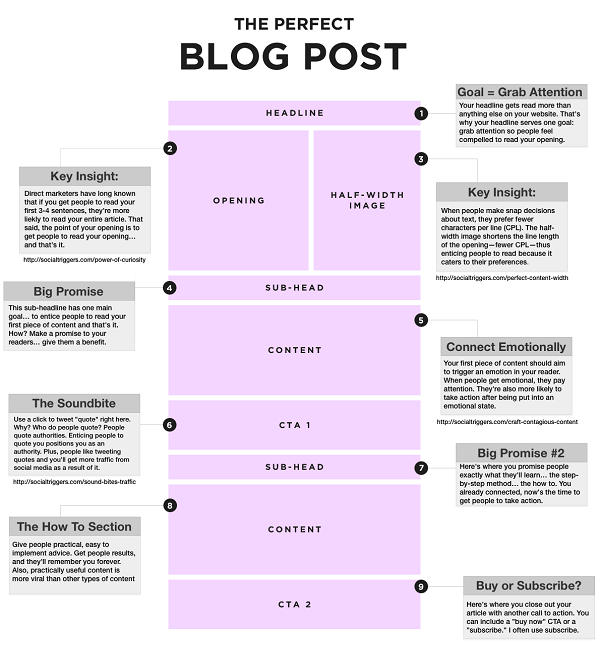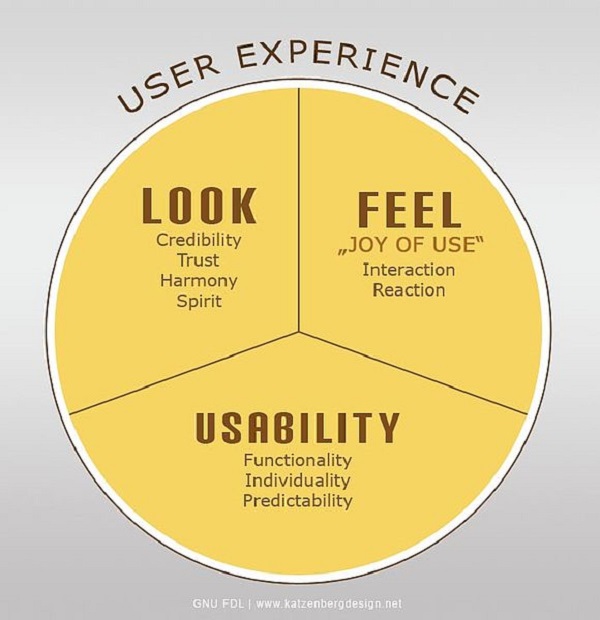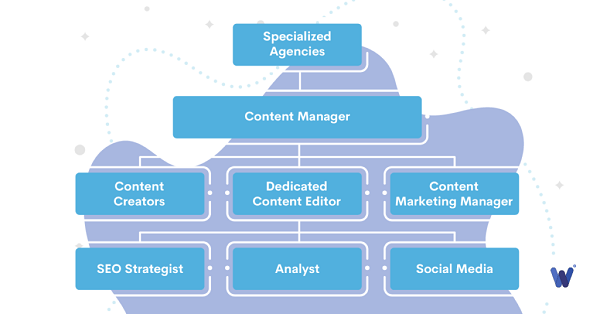“No one—and I really mean no one—will ever read your blog just because your grammar is spot on. If “good grammar” is the only thing you have going for you, you’ve lost.” – Bill Widmer, SEO expert and Guest Writer at Ahrefs
So, what will actually get potential customers to read your blog? We say, a good structure that’s easy on the eyes and consistent throughout will have people spending more time on your website than good grammar alone ever could.
A blog post template is the unsung hero that has the potential to drive more traffic and conversions.
A template helps determine the quality and effectiveness of your article by spelling out how it flows from beginning to end, and the various elements you must add to keep your target audience engaged throughout.
At CopySmiths, we understand the value of blog post templates and maximize them to ensure we produce high-quality blog articles for all our clients.
Below, we discuss five practical reasons we always use blog post templates and how they help to:
- Prevent writer’s block
- Ensure a user-friendly layout
- Maintain consistent branding and messaging
- Boost the results of our SEO efforts
- Streamline workflow in your content creation team
1: Saves You Time and Boosts Efficiency

A blog post template works the same way a sketch works for a painter. It shows you where to place the first brush stroke, and from there everything flows easily and seamlessly.
Without a template, you’d typically spend hours racking your brain on how to structure and organize your ideas, eventually leading to writer’s block.
However, when you do have a template, you get to skip all this and jump straight into what you’ll write.
A predefined layout tells you what to include in your introduction, the number of subheadings you need for the specific kind of content you’re writing, as well as the type and positioning of your layout elements, such as:
- Lists
- Tables
- Images
- Videos
- Illustrations
- Charts and graphs
Once the time issue is behind you, your content creation team’s efficiency and productivity will improve. You’ll produce more content in the same amount of time or less than without templates.
2: Improves Readability and User-Experience

A well-crafted blog layout defines how to organize your content in a way that appeals to readers and encourages them to spend more time on your site. It makes it easier for readers to navigate and consume your content, thereby improving the user experience.
The blog templates we use at CopySmiths have a clear and consistent hierarchy of headings. These help our readers quickly scan the posts and easily find the information they’re looking for.
The templates also guide our seasoned writers on where to place visual elements, such as tables, bullet lists, and images, to ensure we don’t bore your readers with huge blocks of text.
Finally, with a consistent color scheme and overall design aesthetic stipulated by a template, readers will see your business as credible and professional. This encourages engagement in the form of more shares and repeat readership.
“The quality of writing is very good—but the best thing is that it’s written for the reader. They use tables, lists, graphics, and comparison, knowing that every reader consumes content differently.” – Alan Marel, PartCatalog
3: Ensures Consistent Branding and Messaging

Pre-defined templates ensure uniformity in how information is presented to your audience. Consistent form and structure makes your content more recognizable and easier for readers to find information on your website.
For instance, a regular reader may find it easier to skim through your blogs if they already know that your subheadings present answers to your heading.
Your blog template ought to include visual elements, such as graphics, headers, and footers, that incorporate your brand’s colors, logos, and message.
These inclusions help to relay consistent branding across all your blog posts and ultimately reinforce your brand’s identity, making it easier for readers to identify and relate to your content.
Templates also define the tone and voice to be used for all your content, which helps to build trust and boost credibility among your audience.
They’re also key to creating a cohesive marketing strategy because they guide content creation efforts across various channels, including blogs, landing pages, and marketing emails.
4: Improves Your Search Engine Optimization Efforts

Google and other search engines use complex algorithms to rank websites based on a variety of factors, including the:
- Structure of the website
- User experience
- Relevance and quality of content
Blog post templates help you optimize your website to ensure you deliver on these important ranking factors. You’ll be rewarded with your website appearing higher on search engine results.
Consistent formatting, for instance, will help search engines see that your content is well-structured and organized in a way that provides readers with the most value. This increases your chances of ranking higher in search results.
“They have the deepest SEO expertise of any content marketing agency I have worked with. The content is top-notch with project management and communication to match.” – Remy Tennant
5: Enables Easier Collaboration

Blog creation is a team effort. A template shows everyone on your content creation team what needs to be included, which makes it easier for writers to get it right the first time and for editors to check for and request corrections.
At CopySmiths, we have a team of writers entrusted with research and composition. We have quality checkers and editors reviewing the articles to ensure we produce high-quality content that sticks to our checklists and meets the clients’ expectations.
From the beginning, everything flows smoothly because any disconnect between the writer’s content and the template is corrected at the first point of interaction.
So, whether you have an in-house team or outsource to a content creation agency, a blog post template will ensure smoother collaboration and faster turnaround times.
Three Types of Blog Post Templates
A blog post template is the ingredient to spice up your content creation efforts, improve reader engagement, and boost collaboration and productivity.
However, you can’t use one across all your content because different types of content work best with different formats.
The following table highlights three common types of blog post templates.
| Type Blog Post Template | Description | Blog Post Examples |
| Listicles | Meant for the kinds of posts that list or highlight several ideas, products, or techniques that don’t flow in chronological order |
|
| How-to-guides | Step-by-step instructions on how to complete a task or process. Best for composing tutorials, user guides, or instructional posts | |
| Comparison guides | Compare two or more products, services, or solutions by exploring their specifications, features, advantages, and disadvantages |
Streamline Your Content Creation Process With a Blog Post Template
Blog post templates streamline your content creation efforts and ensure you create high-quality blog posts that are consistent in structure and formatting. The results? High-ranking website pages, more conversions, and increased user engagement.
They’ll also increase your turnaround time by helping beat writer’s block and facilitating easier and faster collaboration across the entire content creation team.
At CopySmiths, we understand the value of blog post templates, which is why we use them when creating content for our hundreds of happy clients.
Although we have our own templates, you can also provide us with the templates you’d rather we use to ensure consistent branding and messaging.
Ready to simplify content creation in your company?
Contact us today to order your first batch of creative, authentic, and engaging articles that meet Google guidelines, SEO standards, and provide your readers with valuable and relevant information.
Share on LinkedIn:

